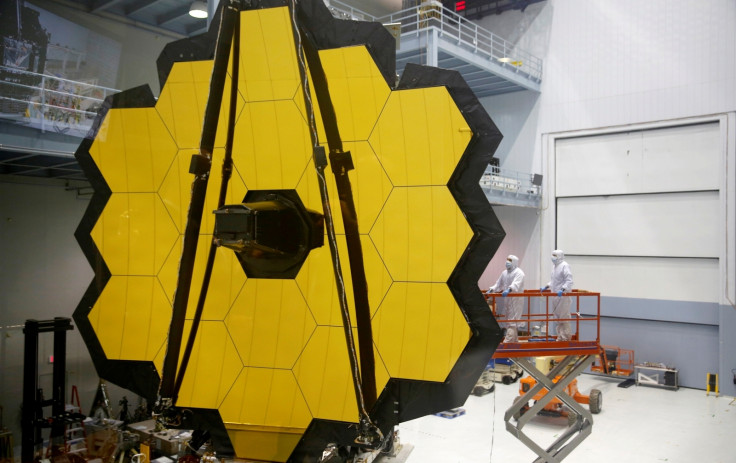James Webb Space Telescope clears crucial cooling test, inches one step closer to launch
The telescope will improve astronomers' ability to observe exoplanets and celestial objects like never before.

Nasa's James Webb Space Telescope, which will be launched in 2019, has achieved a major milestone, with the completion of its cryogenic testing phase, according to a release from the space agency.
The telescope, which will improve astronomers' ability to observe exoplanets and celestial objects like never before, was locked up in the cryogenic vacuum chamber for almost 100 days. The test was conducted to see if its optical telescope and integrated science instrument or OTIS module is strong enough to bear frigid, airless temperatures akin to that of space.
Nasa engineers first sealed Webb behind the massive 40-ton door of the chamber and removed air from it. Then, they exposed the telescope to temperatures going hundreds of degrees below freezing point using liquid nitrogen and cold gaseous helium.
They monitored the temperatures using thermal sensors and kept an eye on the position of the telescope with specialised camera systems.
In order to detect infrared light from far-off space objects, James Webb Space Telescope has to bear extremely frigid temperatures.
According to Nasa, the telescope and its instruments can operate at -233 degree Celsius, but its mid-infrared instrument (MIRI) has to be kept even cooler – at up to -266 degree Celsius. This Nasa plans to do with the help a cryocooler.
"With an integrated team from all corners of the country, we were able to create deep space in our chamber and confirm that Webb can perform flawlessly as it observes the coldest corners of the universe," said Jonathan Homan, project manager for Webb's cryogenic testing at Johnson.
"I expect [Webb] to be successful, as it journeys to Lagrange point 2 [after launch] and explores the origins of solar systems, galaxies, and has the chance to change our understanding of our universe."
James Webb Space Telescope will be launched into space by European Space Agency's Ariane 5 rocket sometime between March and June 2019.





















